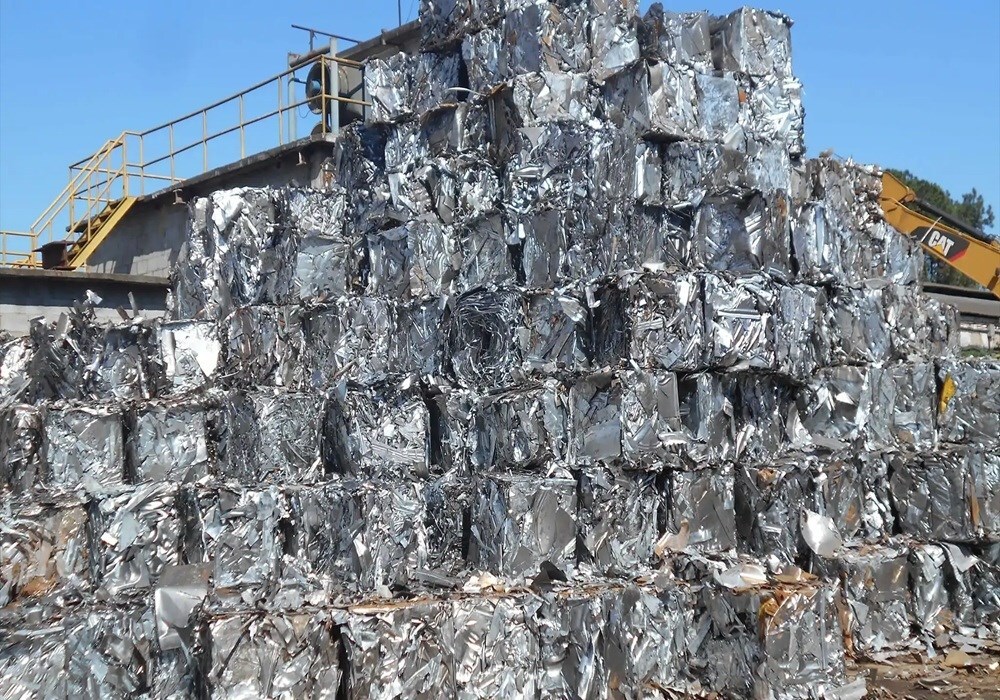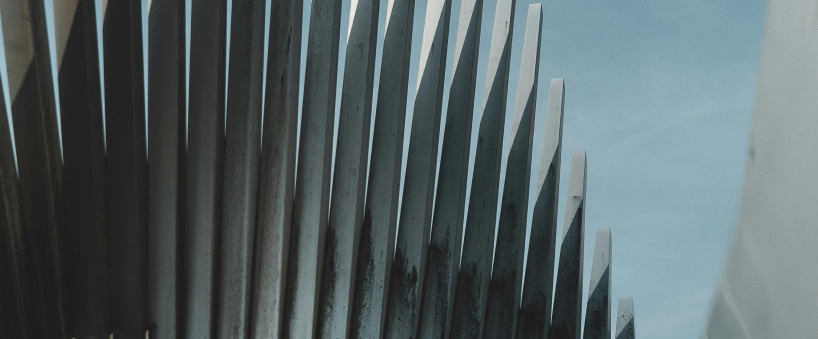

Futures: During the night session on November 14, the most-traded SHFE aluminium contract opened at RMB 21,835 per tonne, reached a highest price of RMB 21,835 per tonne and a lowest price of RMB 21,650 per tonne, and finally closed at RMB 21,795 per tonne, down 0.54per cent. The night session overall showed a trend of bottoming out. From a technical perspective, SHFE aluminium open interest decreased by over 30,000 lots to over 750,000 lots, the daily candlestick MACD red bars contracted, upward momentum weakened, and the most-traded contract retreated from highs. Combined with the latest highs and lows (the monthly low around 21,160, the high around 22,160), the resistance level is expected to be in the 21,800-22,000 range, and the support level is expected to be in the 21,200-21,500 range. Caution is needed against the risk of a retreat from highs.

Macro front: Divergence remains within the US Fed regarding whether to cut interest rates, creating significant uncertainty about another rate cut in December. Fed official Lorie Logan stated it is difficult to support a rate cut in December, and providing more preventive support to the labour market via rate cuts is not appropriate. She previously opposed the Fed's rate cut in October due to concerns that inflation was too high and trending upward, and achieving the Fed's 2 per cent target would take too long. Meanwhile, another official, Mary Daly, indicated that recent economic data support a rate cut. Another official, Thomas Barkin, said the risks from further rate cuts might entrench high inflation rather than effectively support the labour market. (Neutral ★) On November 17, the People's Bank of China will conduct RMB 800 billion in outright reverse repo operations via a fixed-amount, interest-rate tender, multiple-price award method, with a tenor of 6 months (182 days). (Bullish ★) Four departments, including the Ministry of Commerce, issued the "Notice on Further Strengthening the Management of Used Car Exports." It mentions strictly controlling the export of new cars under the name of used cars. (Bearish ★)
Fundamentals: Inventory side, national aluminium ingot inventory recorded 646,000 tonnes on Monday, an inventory buildup of 25,000 tonnes w-o-w. Cost side, the average cost in the aluminium industry recorded RMB 16,090 per tonne last Friday, RMB down 7 per tonne w-o-w, while the average industry profit narrowed by RMB 3 per tonne to 5,820 per tonne. Supply-demand side, supply side, domestic operating aluminium capacity held steady at around 44.06 million tonne, the proportion of liquid aluminium decreased by 0.5 percentage points w-o-w, recording 77.25 per cent as of last Thursday; demand side, the operating rate of leading domestic aluminium downstream processing enterprises recorded 62.0 per cent last week, up 0.4 per cent w-o-w, mainly supported by a slight rebound in the operating rates for cables, primary alloy, and secondary alloy; however, in the primary processing sector, it is understood that operating conditions in some segments have shown signs of marginal weakening, aluminium rod enterprises have seen concentrated production cuts, and the proportion of local alloying of liquid aluminium has decreased.
Primary aluminium Market: SHFE aluminium mainly fluctuated downward in the morning session. During the first trading period, it mainly fluctuated around RMB 21,900 per tonne; during the second trading period, SHFE aluminium fell further, finally closing at RMB 21,825 per tonne. East China, aluminium prices pulled back from above RMB 22,000 per tonne, buying sentiment improved slightly, and downstream processors purchased as needed approaching the weekend. Actual transactions were at a discount of RMB 10 per tonne to a premium of RMB 10 per tonne against the SMM average price. Last Friday, the selling sentiment index in the East China market was 3.08, down 0.01 w-o-w; the purchasing sentiment index was 2.87, up 0.01 w-o-w.
Last Friday, SMM A00 aluminium closed at RMB 21,910 per tonne, down RMB 10 per tonne from the previous trading day, at parity against the November contract, at a discount of RMB 30 per tonne against the December contract, flat from the previous trading day. Last Friday, trading sentiment in the Central China market remained weak, futures prices moved lower, sellers' selling sentiment rebounded slightly, but downstream purchasing remained dominated by long-term contract rigid demand. Final actual transaction prices ranged from a discount of RMB 30 per tonne to parity against the Central China price. Last Friday, the selling sentiment index in the Central China market was 2.91, flat w-o-w; the purchasing sentiment index was 2.80, down 0.03 w-o-w. SMM Central China closed at RMB 21,760 per tonne, down RMB 20 per tonne from the previous trading day, at a discount of RMB 150 per tonne against the November contract, at a discount of RMB 180 per tonne against the December contract, down RMB 10 per tonne from the previous trading day. The Henan-Shanghai price spread was -RMB 150 per tonne, down RMB 10 per tonne from the previous trading day.
Recycled aluminium raw materials: Last Friday, spot primary aluminium prices fluctuated slightly compared to the previous trading day; SMM A00 spot closed at RMB 21,910 per tonne, while aluminium scrap market prices were flat from last Thursday. With the traditional peak season ended, downstream demand showed clear divergence: demand for scrap used in cast aluminium alloys remained stable, providing more consumption support, while demand for scrap used in wrought aluminium alloys began showing signs of weakening. However, tight market supply remained the main theme, purchase prices hovered at highs, but the sustainability of high levels needs consideration.
Last Friday, baled UBC aluminium scrap was quoted centrally at RMB 16,600-17,100 per tonne (ex-tax), and shredded aluminium tensile scrap (priced based on aluminium content) was quoted centrally at RMB 17,800-18,500 per tonne (ex-tax). Baled UBC was up RMB 50 per tonne from last Thursday, making up for the previous day's gains; clean tapping aluminium wire, shredded aluminium tensile scrap (priced based on aluminium content), scrap wheel hub, mechanical casting aluminium scrap, and aluminium shavings were flat w-o-w. This week, the aluminium scrap market is expected to hover at highs, with the mainstream price range for shredded aluminium tensile scrap (priced based on aluminium content) likely fluctuating between RMB 17,800-18,600 per tonne. If primary aluminium prices stabilise above 22,000 per tonne, it will continue to support aluminium scrap prices, but be alert to the risk of retreat after a rapid rise. Supply side, the tight supply-demand situation in the aluminium scrap market is difficult to change in the short term, but as primary aluminium prices fluctuate at highs, fear of high prices may intensify, and willingness to follow price increases in some regions may weaken. Overall, the market will continue the tug-of-war between sellers and buyers at highs; it is recommended to closely track primary aluminium price trends, environmental protection policy changes, and downstream enterprises' purchasing strategy adjustments, and be alert to high-level pullback risks.
Secondary aluminium alloy: Last Wednesday, SMM A00 aluminium spot prices surged by RMB 250 per tonne to RMB 21,920 per tonne, hitting a new high for the year. In the secondary aluminium market, ADC12 prices rose by RMB 150 per tonne to 21,650 per tonne. Last Wednesday, aluminium prices reached a new annual high, and aluminium scrap prices actively followed the upward trend, driving up ADC12 costs once again. Currently, aluminium scrap accounts for over 90 per cent of the cost, deepening industry losses.
Downstream demand remained stable with a slight increase overall, but the rapid surge in aluminium prices to RMB 22,000 per tonne dampened purchase willingness. Enterprises with inventory focused on digesting inventories, slowing down their procurement pace; low-inventory enterprises continued to maintain rigid restocking, supporting bottom-level demand. Overall, ADC12 prices are expected to hold up well in the short term. Cost support remains relatively solid, and the tight supply of aluminium scrap is unlikely to ease soon, making raw material prices more likely to rise than fall. Demand side shows some resilience, coupled with low industry inventory, just-in-time procurement will provide a floor for prices. However, with current aluminium prices at annual highs, downstream acceptance has declined, potentially limiting further upside room.
Aluminium market summary: Overall, the macro front is mixed but generally favourable. Fundamentally, market sentiment remains focused on production cut news from overseas aluminium plants in Iceland and Mozambique, maintaining expectations for tighter overseas supply; domestically, the market is gradually transitioning from the peak season to the off-season. Inventory side, it is expected to enter a fluctuating phase in the short term. Overall, driven by macro tailwinds and capital, aluminium prices surged, but domestic fundamentals lack sufficient momentum to support continued sharp increases. Subsequently, aluminium prices are expected to hover at high.
Note: This article has been issued by SMM and has been published by AL Circle with its original information without any modifications or edits to the core subject/data.
Responses








